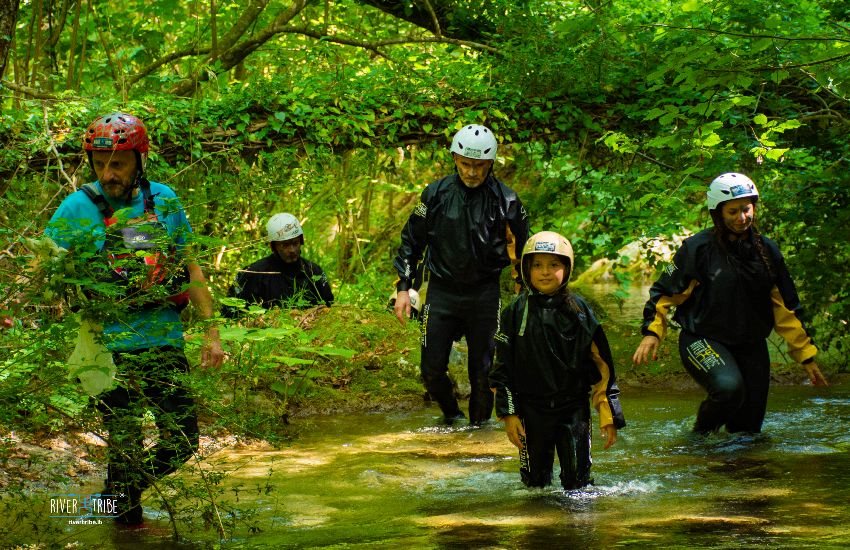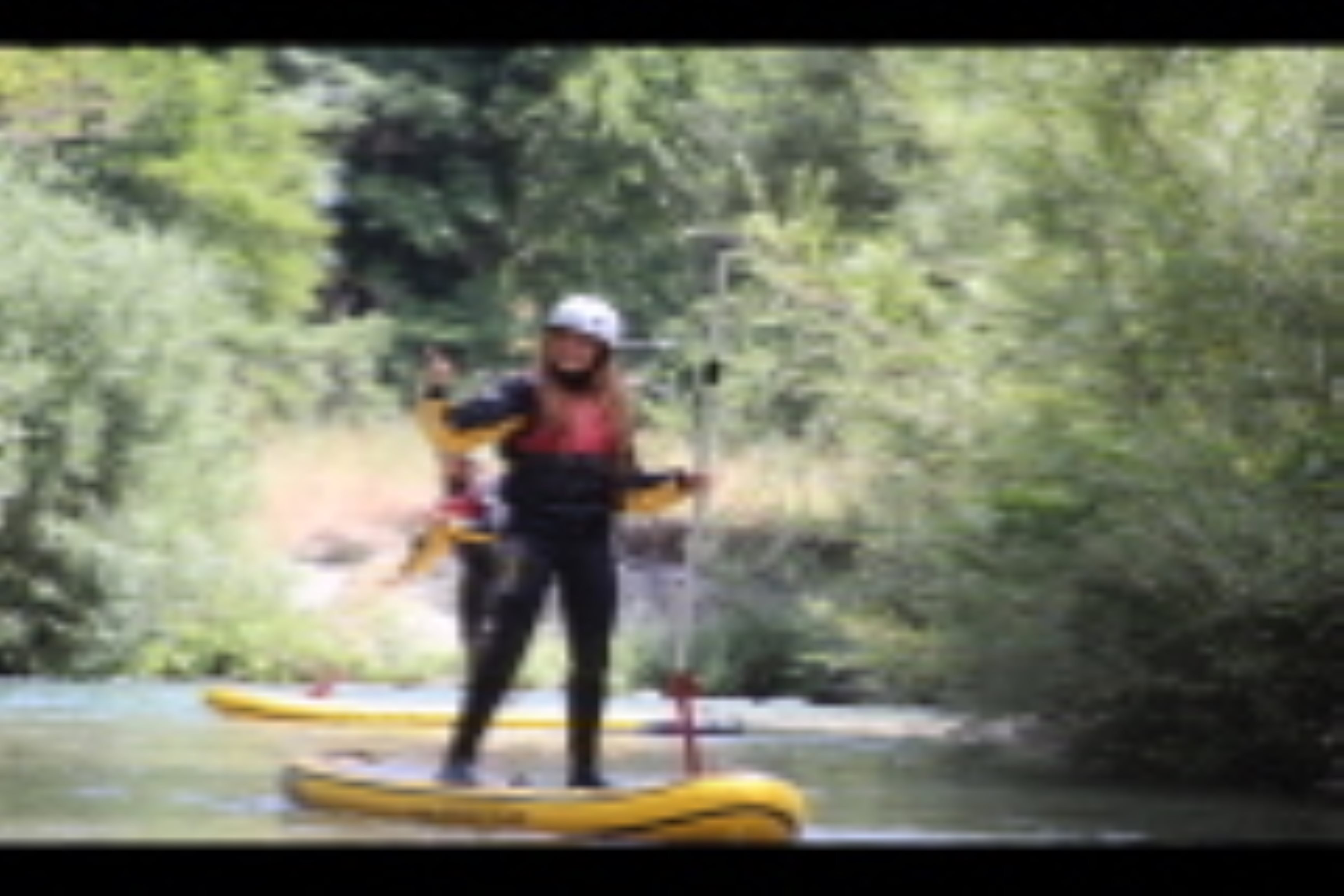Tours available from Cosenza
Visit Cosenza
Why should you visit Cosenza?
Discovering Cosenza is, in some ways, a journey through time. In fact, the city is divided into Cosenza Vecchia (‘Old Cosenza’) and a more modern part.
Cosenza Vecchia is characterized by stately palaces, traditional stores, churches and squares. Corso Telesio is the main street that runs through the entire historic center of the city, located on the Pancrazio ridge.
The modern part of Cosenza, on the other hand, its most innovative side, is characterized by architectural revivals and renovations under a perspective closer to our times. Immerse yourself in the charming atmosphere of the city!
What to visit in Cosenza?
To have a foundation of historical notion, surely your trip should start with a visit to the fortresses and ancient buildings. A stop on your itinerary should therefore be the Cathedral of Cosenza, also known as the Cathedral of Santa Maria Assunta, in Gothic and Baroque style. Since 2011, the Duomo has officially become part of Italy's UNESCO heritage.
On Pancrazio Hill, one of Cosenza's seven hills, on the other hand, is one of the city's greatest symbols, the Norman-Swabian Castle. The fortification went through various phases, from the early Swabian period to the Angevin and Aragonese successes, and then was renovated under the Bourbons.
Curiosities about Cosenza
Cosenza was one of the major centers for silkworm production. Silkworm breeding and its production had been fundamental to the livelihood of the lower class and the main occupation of women for generations.
Another curiosity that you would not expect concerns the main street of the city, Corso Telesio. It takes its name from the illustrious philosopher born and raised in Cosenza, Bernardino Telesio, whose doctrine was a source of inspiration for several famous philosophers such as Giordano Bruno, Descartes, Francis Bacon and Tommaso Campanella. Could you have guessed it?










